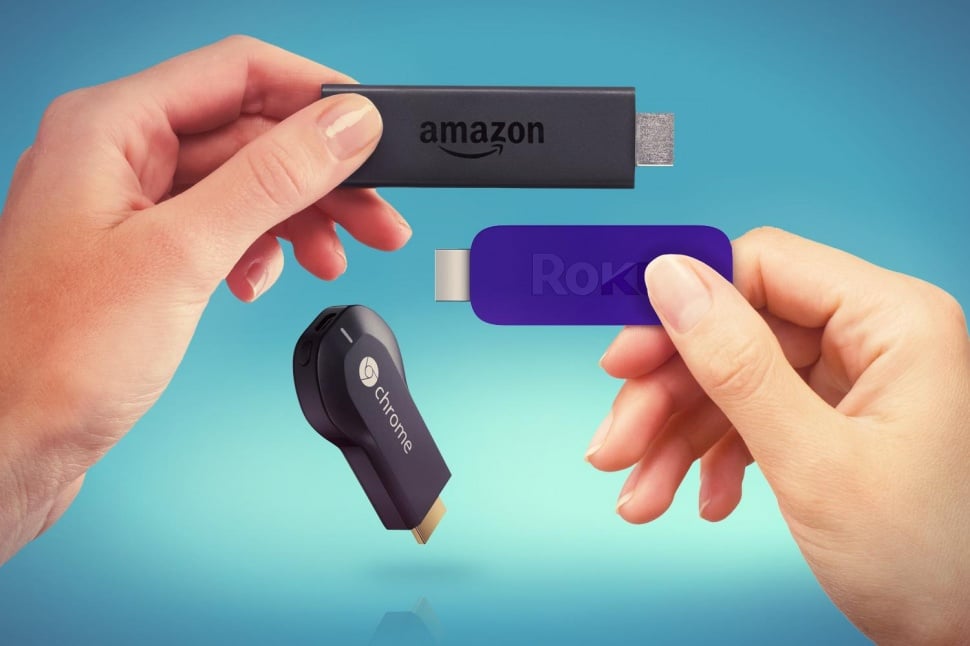And to think, it all started with books.
Amazon.com Inc. announced its latest major move Monday, which will allow the e-commerce site to expand into the home services market. It’s yet another business venture that proves Amazon is the digital giant that just keeps growing.
For years, Amazon has dominated the e-commerce space and reigned supreme over its competitors whenever consumers were trying to have their online shopping needs met.
Now, the company is adding Amazon Home Services to its ever-expanding list of resources.
It’s a move that may have solidified Amazon as a true one-stop shop.
“Third party estimates show that customers spend four times more on services each year than they do on physical products,” Peter Faricy, vice president of Amazon Marketplace told Reuters. “So for us the opportunity is very big.”
Nearly 85 million Amazon shoppers purchase things from the site that require some sort of installation or servicing, Reuters reported. This often forces consumers to take on the grueling task of installing the new purchase on their own or budget additional money to find a third-party installation service that could turn out to be scam, overpriced or just provide poor quality of work.
That’s where Amazon’s new venture steps in.
Amazon Home Services now makes it possible for consumers all across the nation to purchase their brand new washer and dryer while also finding a certified professional to install the new machines.
This takes the additional work off the consumers’ hands while also ensuring better pricing and quality of service under the Amazon guarantee.
Amazon will also offer price matching to consumers who find another third-party installation or servicing company willing to complete the same job for a lower rate than what was originally quoted by Amazon.
The move will put Amazon’s new service in direct competition with companies like Angie’s List, Craigslist, and Yelp, with Amazon having a clear advantage over its new rivals.
Craigslist is still in the midst of trying to conquer years of negative publicity caused by dishonest users and scam artists on the site.
While Angie’s List and Yelp don’t have any major public relations battles to fight, they also don’t tout the same message of sheer convenience.
Amazon is offering an option that will not only attract new users but also benefit the many users who are already loyally and faithfully turning to Amazon whenever they need to make a purchase.
Yet again, Amazon proves to be the king of a successfully evolving business.
When Amazon first surfaced on the Web, it was all about selling books online. Eventually, the e-commerce site expanded to other forms of media including DVDs and CDs.
As the way people consumed media continued to change, however, it seemed like it would be nearly impossible for bookstores and media rental companies to keep up.
Book stores were forced to close their doors, and companies like Blockbusters took a major hit.
Amazon, however, adapted flawlessly.
Amazon began offering video games, apparel, furniture, toys, jewelry and anything else a person would possibly be looking to buy online.
The growth only continued as Amazon became a tech giant, releasing its collection of Kindle e-book readers and Fire Tablets.
With movie-streaming services, music download options and now a home services market, Amazon has made it clear that it is ready and willing to evolve with the rapidly changing nature of consumer demands.


